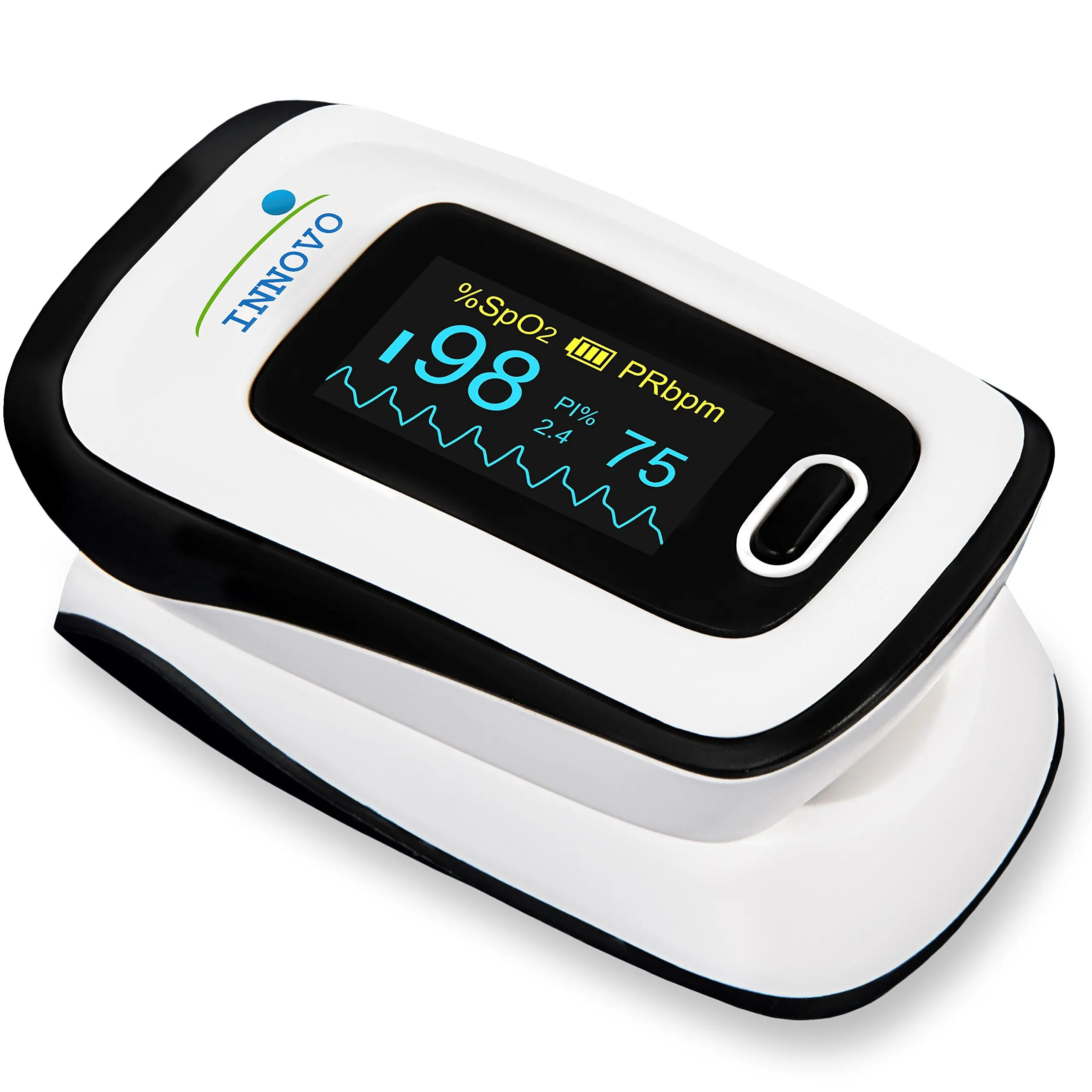

Pulse oximetry: What the nurse needs to know. Pulse oximeters are used in doctors offices and hospitals. Effect of anemia on tissue oxygenation saturation and the tissue deoxygenation rate during ischemia. Your oxygen level (or oxygen saturation, SpO2) shows on the display screen. Marketing wearable home baby monitors: Real peace of mind? BMJ, 349

How accurate is the pulse oximeter, and does it matter?. You can learn more about how we ensure our content is accurate and current by reading our editorial policy. We link primary sources - including studies, scientific references, and statistics - within each article and also list them in the resources section at the bottom of our articles. Medical News Today has strict sourcing guidelines and draws only from peer-reviewed studies, academic research institutions, and medical journals and associations. People interested in using consumer-grade pulse oximeters should discuss their plans with a doctor before investing in a device. Changes in readings, particularly in response to environmental changes, sometimes signal a health problem. People using pulse oximeters should discuss the risks with a doctor and should maintain a record of the readings over time. They do not provide alerts for all possible oxygen issues, and cannot serve as a substitute for other forms of monitoring. Pulse oximetry is a useful tool in the evaluation of a patients oxygenation status and may be used routinely in many areas of clinical practice. A pulse oximeter gives an alert even when the drop is temporary and harmless.įor people with health anxiety, or whose doctors have not helped them understand the role of a pulse oximeter, this can cause unnecessary worry.Ĭonversely, pulse oximeters can give some people a false sense of security. Oxygen saturation may also dip for brief periods due to other factors, such as a change in sleeping position or momentary breath-holding. A person who rolls over in their sleep may loosen the device, causing it to give a false alert. The accuracy of pulse oximeters depends on a correct fit, and minor changes in their positioning can produce an inaccurate reading. The main risk of pulse oximetry is a false reading. Until recently, the most common way to measure oxygen saturation has been to use a pulse oximeter positioned on the finger.
#Pulse oximetry skin#
Anyone who experiences numbness, tingling, or changes in skin color should promptly notify a doctor. If fitted very tightly and used for a prolonged period, pulse oximeters can cut off oxygen from surrounding vessels.
#Pulse oximetry iso#
Some people experience minor irritation, including skin redness and sensitivity. pulse oximeters according to the standards defined by the International Organisation for Standardisation in ISO 8:2017, which supersedes the ISO 8:2011 standard advised by the American FDA in their 510(k) Premarket Notification Submissions Guidance for pulse oximeters. It consists of a monitor that has batteries. Pulse oximetry devices are noninvasive and carry no serious risks. A pulse oximeter is a device that measures the oxygen saturation of haemoglobin in arterial blood described as SPO2. A pulse oximeter does not directly measure oxygen saturation but instead uses a complex equation and other data to estimate the exact level. The amount of light absorbed by the blood indicates the oxygen saturation. The light shines through to a detector positioned on the other side of the skin.įor example, when a pulse oximeter is clipped onto a finger, one side of the clip shines the light, and the other detects it. Pulse oximeters work by shining a light through a relatively transparent area of the skin.


 0 kommentar(er)
0 kommentar(er)
